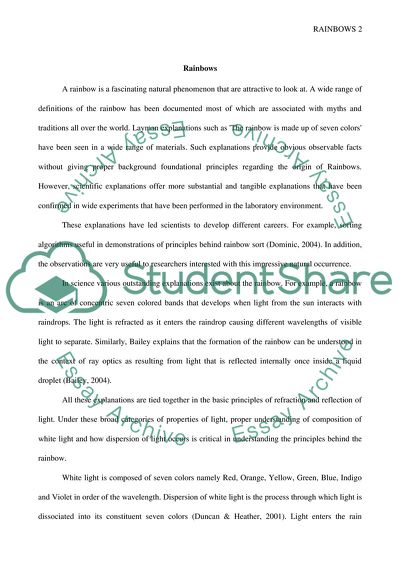Cite this document
(Rainbows Report Example | Topics and Well Written Essays - 1250 words, n.d.)
Rainbows Report Example | Topics and Well Written Essays - 1250 words. https://studentshare.org/physics/1849645-rainbow-research-paper
Rainbows Report Example | Topics and Well Written Essays - 1250 words. https://studentshare.org/physics/1849645-rainbow-research-paper
(Rainbows Report Example | Topics and Well Written Essays - 1250 Words)
Rainbows Report Example | Topics and Well Written Essays - 1250 Words. https://studentshare.org/physics/1849645-rainbow-research-paper.
Rainbows Report Example | Topics and Well Written Essays - 1250 Words. https://studentshare.org/physics/1849645-rainbow-research-paper.
“Rainbows Report Example | Topics and Well Written Essays - 1250 Words”. https://studentshare.org/physics/1849645-rainbow-research-paper.


